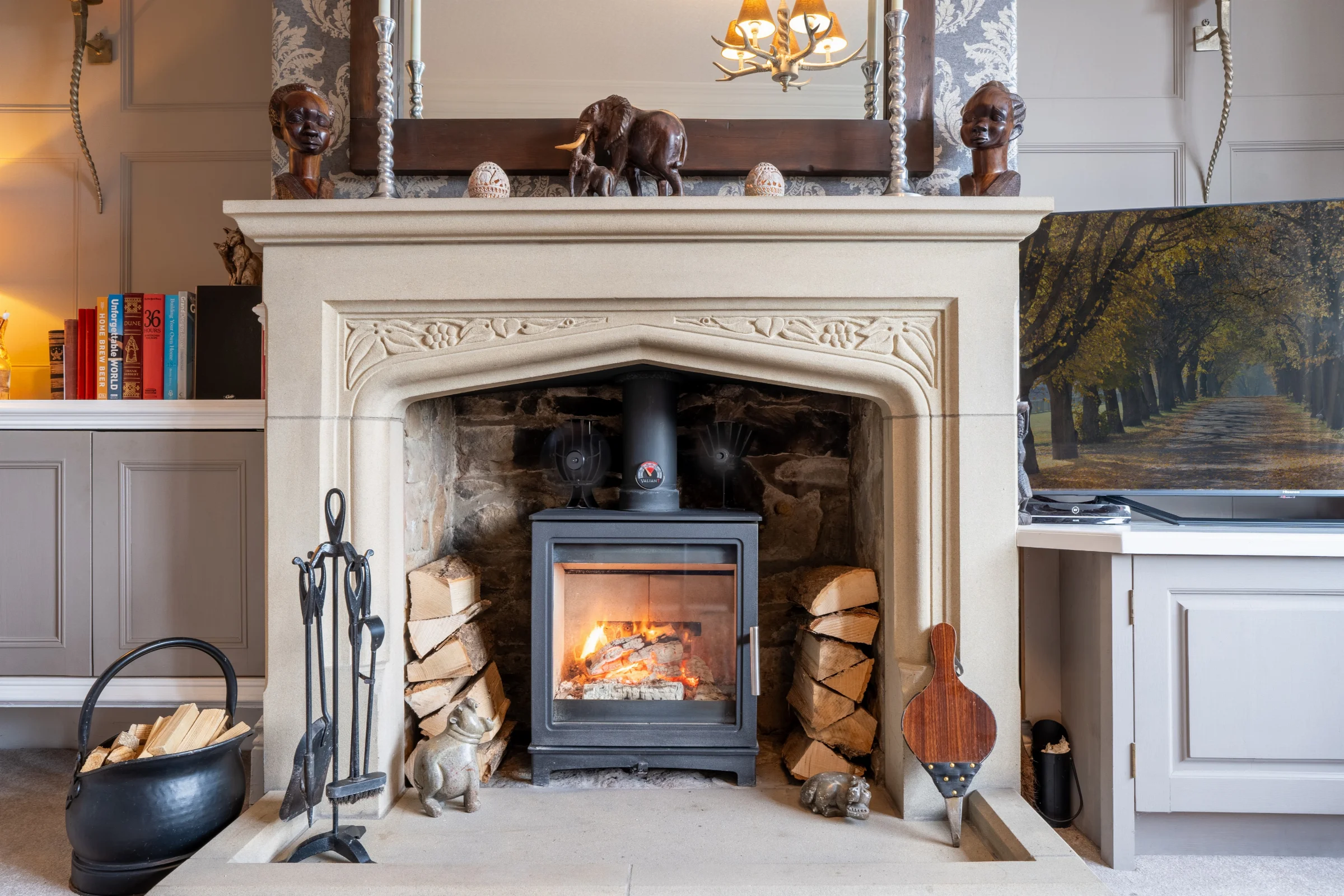As the winter months grow closer and closer, and temperatures begin to drop, it is easy to crank up the heating without thinking much of it. However, with the environment becoming a more important subject, we start to think about our actions and what we can do to improve the energy efficiency of our homes and the impact on the environment.

First of all, the obvious choice is changing the source of our energy, such as solar panels. This is a very effective way of reducing the monthly cost of electricity but also reducing the impact on the environment; however, they can come at a hefty cost, normally totalling around £3,500-£5,000. Usually, to make the cost worthwhile, it can take around 10-20 years for you to start saving money from this. It is definitely better for the environment compared to the impact on our wallets. If you are planning on staying in your home, it can be a great investment, but it is a more long-term solution.
Onto something smaller – light bulbs. Although they can be more expensive, LED bulbs are not only brighter but also more energy efficient. It usually doesn’t take too long for you to start saving money on your bills – you just need to check that the fittings are correct. If not, you need to consult an electrician who can change the fittings, which can impact the cost.
The type of boiler has a huge impact on energy efficiency and the cost of bills. Firstly, older boilers are less energy efficient and generally much less effective at warming up water. Having a separate hot water tank can also cost more, as the water takes much longer to heat up. Either changing to a modern combination boiler or looking at different sources altogether can reduce cost and increase energy efficiency.
Air source pumps can lower your bills, cut carbon emissions and heat your hot water. However, you must give it space to allow for a good air flow. You must have a hot water cylinder, but you don’t need a boiler if you want to heat up your water. Typical costs are around £7,000-£13,000. The pump must also be 1m from neighbours, making it inconvenient for terraced, semi-detached residents and some living in detached houses.
Insulation and double glazing sound very simple, but they keep heat within the household. Less heat escapes, which means that you use less energy to heat your home. It is more efficient and can save you on your household bills.
Different fireplaces can also have an impact on the environment. Open fireplaces fuelled by logs or coal are incredibly inefficient and have the highest annual pollution output, and also produce particulate pollution. Wood-burning stoves are more efficient, and EPA-certified stoves reduce particulate pollution significantly. Pellet stoves are 75%-90% efficient with low emissions and are fuelled using waste sawdust. Gas fireplaces are around 65% efficient, with the rest of the heat escaping through the flue. Some gas fires can be made more energy efficient with proper insulation and sealing. Electric fireplaces are the most efficient, with 100% of the electricity being converted to heat.
Small changes can also be made, such as insulation around a hot water cylinder, draught protection under doors and thermostats to control the temperature of the heating.
If you are smart with how you use your energy and even implement small changes, everything adds up. Those changes can make a huge difference to emissions, and you can implement more as time goes on – you don’t have to do everything at once!